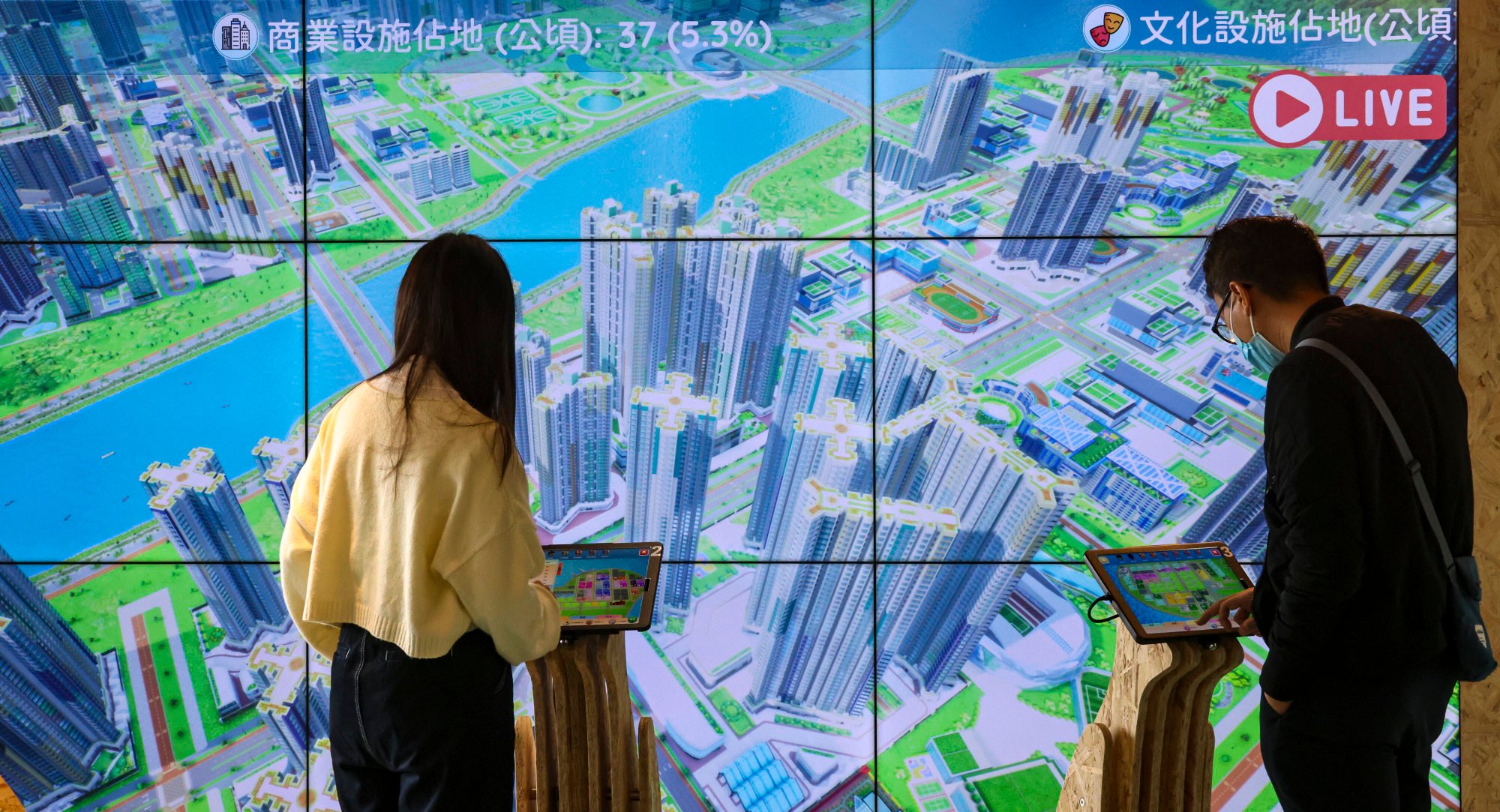
Artificial islands project: a white elephant that’s cheaper to abort now
- In fiscally challenging times, the government has delayed the Kau Yi Chau reclamation project and is considering private financing for it
- Instead, the time should be used to rigorously re-examine whether the project ought to move forward at all
While the government has rightly postponed the Kau Yi Chau project, it should use the delay to rigorously re-examine whether the project should move forward. A white elephant that is stillborn would cost far less than one that dies fully grown.
As the project stands, seldom has so colossal, costly and complex a scheme come with such shoddy analysis, unproven assumptions and slogan-driven publicity akin to real estate marketing. Since the government announced the initial version of the project in 2014, it has focused on a handful of numbers – the area to be reclaimed, the number of residents – plus a proposed central business district.

The marketing strategy also keeps changing: East Lantau Metropolis was apparently intended to drive the development of Lantau, while Lantau Tomorrow Vision was to help integrate Hong Kong further into the Greater Bay Area. The Kau Yi Chau project is now marketed as an extension of western Hong Kong Island that would form a harbour metropolis. This is as good as selling the same drink in three different bottles, as beer, wine and champagne.
Constructing 1,000 hectares of land for 500,000 residents in the middle of the sea, connected only by a tunnel to Hong Kong Island 4km away, should be a non-starter conceptually. This tunnel also would have to carry vehicle traffic between Hong Kong Island and other districts in Kowloon, Lantau and beyond, following the government’s rationale for creating a north-south transport network integrating Hong Kong into the Greater Bay Area and providing an alternative route to the airport.
Tsing Yi Island, with the same area as the Kau Yi Chau project, has about 200,000 residents; yet it has several bridges and tunnels connecting it to different points in Lantau and Kowloon. Imagine the immense congestion in a single tunnel. Then imagine the tunnel during a No 8 signal typhoon. Residents would be rushing home via this one tunnel.
The day our visionary flood control failed the test of climate change
The claim that the Kau Yi Chau project will create more living space, improving quality of life, is belied by simple facts: with 500,000 residents on 1,000 hectares, the population density of 50,000 residents per square kilometre would approach that of Hong Kong’s most congested district, Kwun Tong, which has 60,000 residents per square kilometre.
The proposed creation of a new business district is merely declarative: there’s no analysis of how it will fit into Hong Kong’s overall economy. Which industries and what skilled people will it attract? How will they be encouraged to relocate to reclaimed land with no neighbouring communities?
With the delay in the implementation of the Kau Yi Chau project, the government has the opportunity, and duty, to scrutinise the fundamental viability of this project. And it must be prepared to abandon it should it prove unfeasible.
It would not be the first time that a major infrastructure project has been scrapped after a feasibility study. A 1983 proposal for an East Lantau Island project similar to the Kau Yi Chau project, and a Green Island reclamation project proposed in 1985 to extend Kennedy Town, were abandoned after feasibility studies because of changed priorities and environmental concerns.
The HK$550 million that the government is spending on the planning and engineering study is minuscule compared to the immense cost burden and damage that will result if it proceeds with the Kau Yi Chau project without addressing its many unanswered questions and contradictions.
Tom Yam is an independent management consultant and a member of the Citizens Task Force on Land Resources


